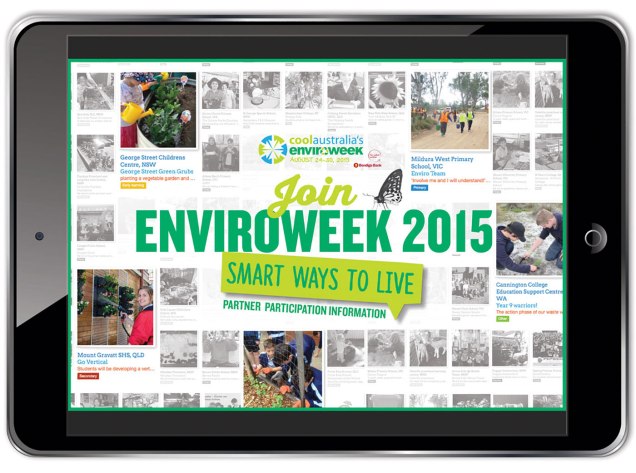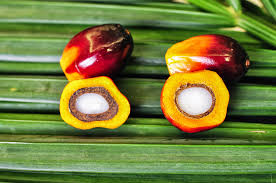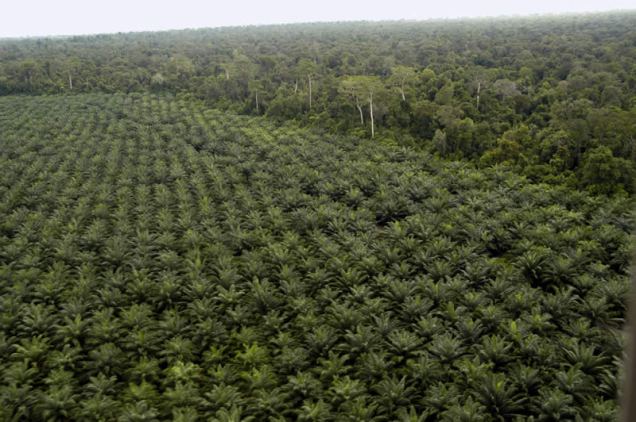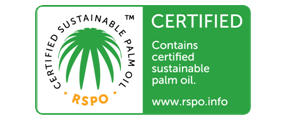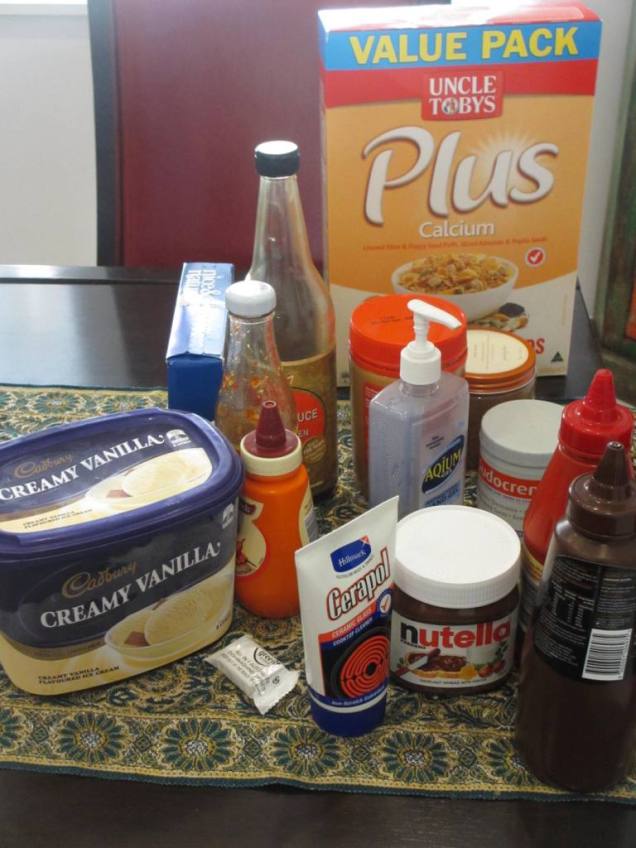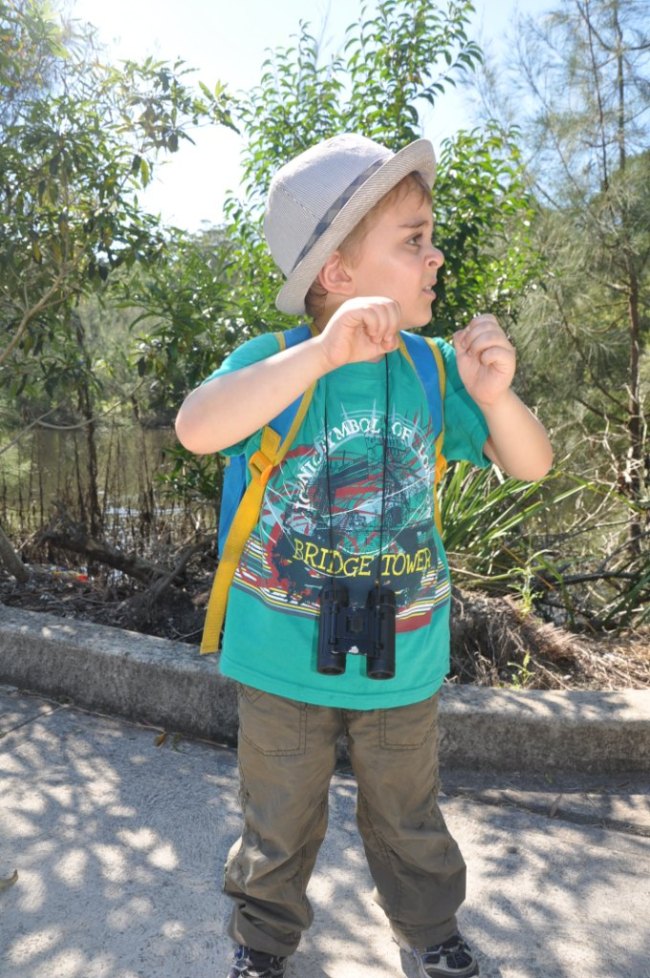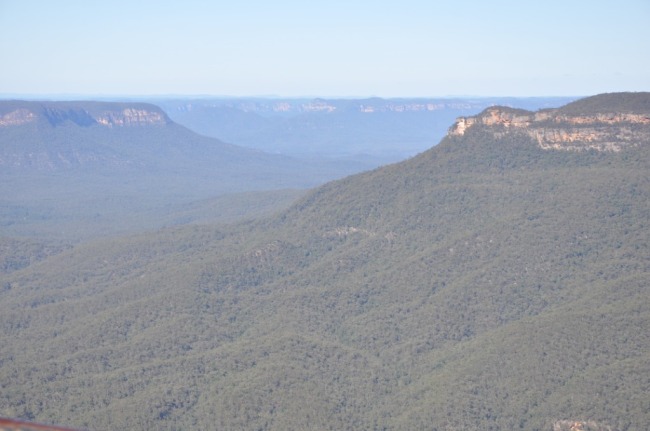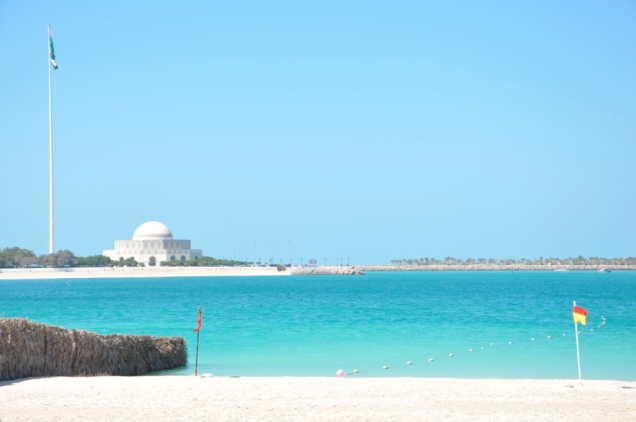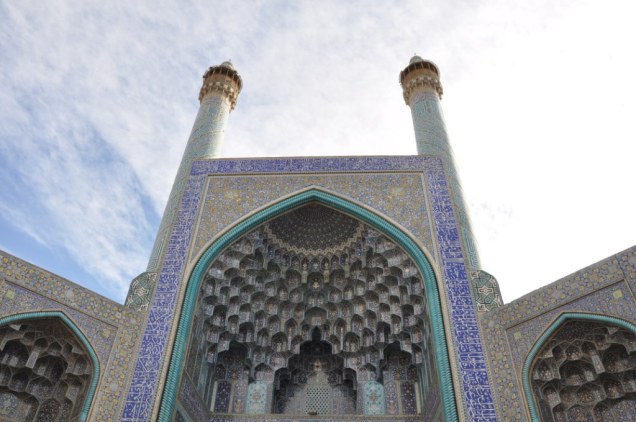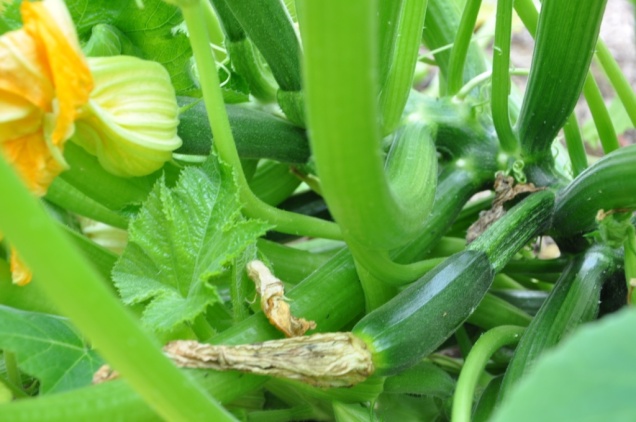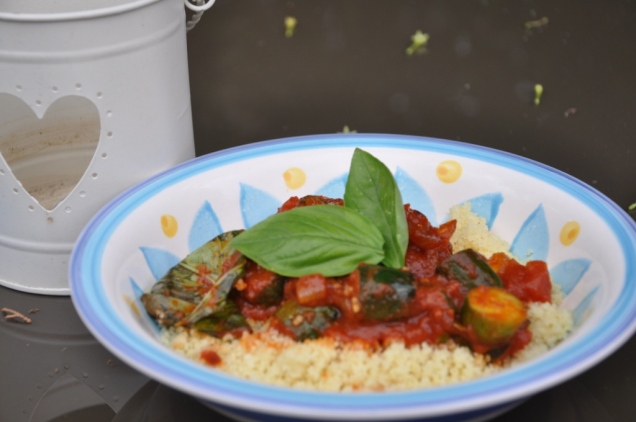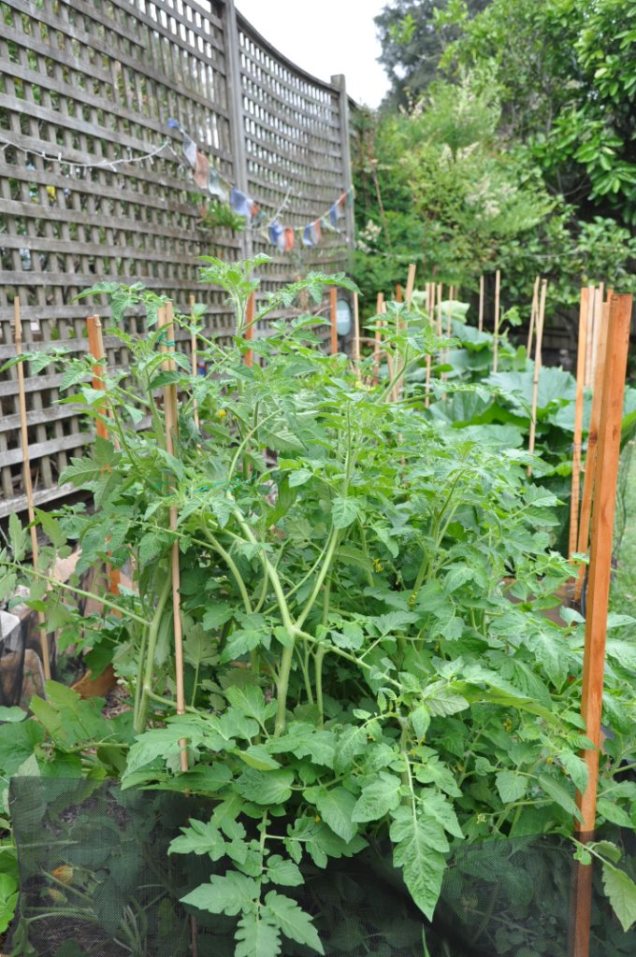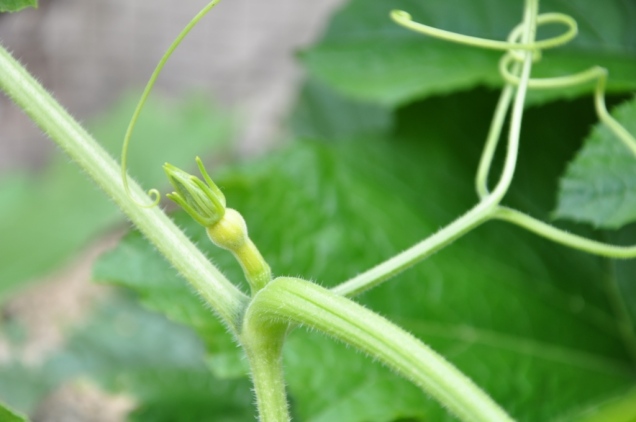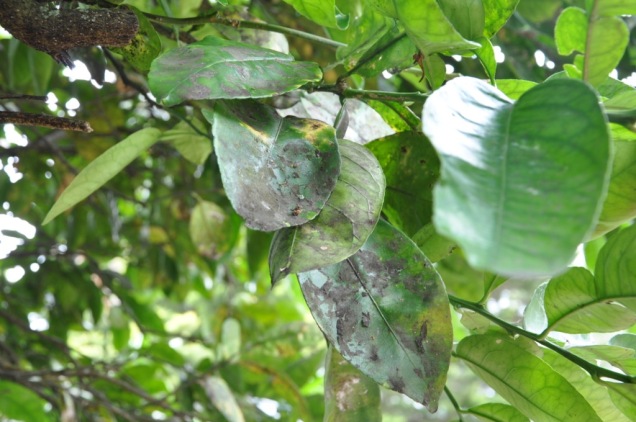
A few weeks ago, I had the pleasure of attending The Climate Reality Project’s Climate Reality Leadership Corps training along with 800 other like-minded people. It was three days of meeting and listening to inspiring people – all with the aim of tackling global heating.
I have always been quite green and have been writing about my journey as an eco-mummy for a few years now. While I was there though, I met someone who also said they really cared about plastic pollution in the oceans. She said it like she needed to choose which issue was more urgent and pressing and thereby worth her time and dedication. Then it struck me how both issues are so inter-related.
The process of making plastic is quite complex, as I recently discovered when trying to explain it to a group of year 3 students (part of my Climate Reality presentation advocacy). One thing that isn’t so complex though is the base material that goes into making plastic – fossil fuels (crude oil and gas). It releases many tonnes of CO2 and other pollutants into the atmosphere during its production and uses energy too, to manufacture. So all in all a very fossil fuel hungry material. In fact, plastic manufacturing is estimated to use 8% of global yearly oil production. Despite all of the renewables coming online in the last year, the significant increase in plastic production has been blamed for the increase in CO2 emissions in 2018.
But plastic is fantastic isn’t it? It’s durable, light and doesn’t break. It’s so flexible that life would seem almost impossible without it. We love plastic so much that the World Economic Forum estimates that plastic production has sky rocketed from 16.5 million tonnes in 1964 to 343 million tonnes in 2014 with predictions that this will double by 2036! Since 1950, humans have made 8.3 billion tonnes of plastic and despite the fact that plastic is durable and reusable, most has been disposed, so we keep producing more and more. I remember travelling in Cuba as part of my year of backpacking before children and seeing plastic bags hanging out on clothes lines to dry. Obviously Cubans saw some value in these bags in that they reused them. The rest of the world though is in an unrelenting cycle of throwing things out.
So where does all of this plastic that is thrown out end up? Very little is recycled and most (79%) ends up in either landfill or the world’s oceans (8 million tonnes every year) slowly breaking down. It takes plastic between 500 – 1000 years to break down. That is many millions of tonnes of plastic waste – everywhere for millennia. When plastic does break down into micro-plastics, then where does it go? Likely in animals and ultimately us!

When thinking of plastic and plastic waste – also consider that many ‘rich’ countries offload this problem to the developing world where environmental laws are more lax and the problem is ‘out of sight’. The health impact on those communities from our waste, is shameful. Some countries like China, the Philippines and Malaysia are wising up and sending the waste back.
Going back to the Climate Reality training conversation, I was struck by what Natalie Isaac from 1 Million women said: Don’t just talk – you must live your values in your everday life. Now I am generally good about my plastic use and I’ve resisted going ‘full hog’ in eradicating plastic in my life because – well I’m a busy working mum trying to live life on a budget of sorts. So the idea of going to 5 different shops to get my weekly groceries doesn’t have much appeal. I have seen articles about people with a little jar showing how much waste they’ve produced in a year and have rolled my eyes about the improbability and impracticality of it all!
BUT, when I went to my daughter’s class to present on climate action, I used plastic as a way for kids to make a difference because through this action, the benefits are two-fold: reduce plastic waste and reduce carbon emissions.
After the talk a few days ago, I got thinking about my own home. Luckily Plastic Free July: https://www.plasticfreejuly.org/ is about to kick off and my family and I have decided to participate. We’ve taken the challenge to avoid single use plastic packaging and target takeaway items. I have no idea how we’re going to go, but I will share our ups and downs every week.
I encourage you to also take the challenge and to get you started here are some resources that can help:
- Getting Started: https://www.plasticfreejuly.org/get-involved/what-you-can-do/category/getting-started/
- 9 Tips for a Plastic Free July: https://www.1millionwomen.com.au/blog/9-tips-successful-plastic-free-july/
- Story of Stuff: https://storyofstuff.org/blog/plasticfreejuly-tips-for-a-month-without-plastic/
For me, I have started! I went to a wholefood store in Lane Cove (Source) and stocked up on some snacks for the kids that I can put in their lunch box. Keep an eye out for my weekly blog where I’ll share tips and an uncensored take on how we’re going as a family. Please join me in taking the challenge.




